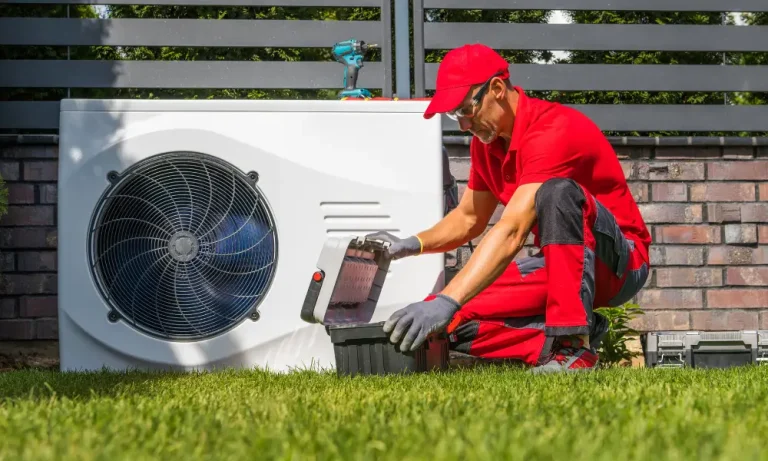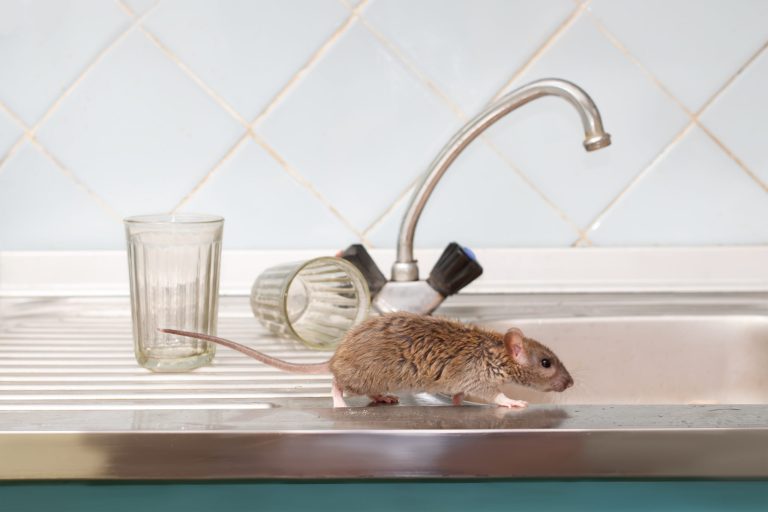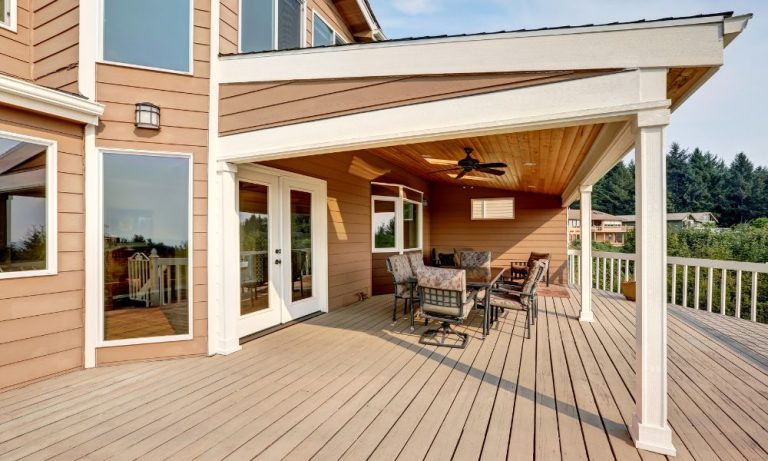Experience Ultimate Comfort and Style at Pinery Residences
When luxury, location, and lifestyle converge, you discover Pinery Residences, the latest prestigious development by Hoi Hup Realty and Sunway Developments. Nestled in the vibrant heart of Tampines Street 94, this exemplary condominium is your gateway to a refined living experience, tailored for those who seek a harmonious blend of comfort and sophistication in one of Singapore’s most desired neighborhoods.
Pinery Residences is not just about upscale living spaces; it’s about crafting a lifestyle that resonates with the aspirations of modern homebuyers. Here, every detail is meticulously designed to enhance your living experience, from the serene surroundings to the state-of-the-art facilities.
Discover the Strategic Location of Pinery Residences
Choosing the right home extends beyond the walls of your residence. Located in the thriving area of Tampines, Pinery Residences offers easy access to a plethora of amenities. From shopping malls like Tampines Mall and Century Square to recreational facilities such as Tampines Eco Green and Bedok Reservoir, everything you need is just a stone’s throw away. The strategic location also includes seamless connectivity to major expressways and the Tampines MRT station, facilitating quick and easy travel across the city-state.
Pinery Residences: A Haven of Facilities and Amenities
Imagine a home where your wellness and entertainment are prioritized. Pinery Residences boasts a variety of facilities that cater to all ages and interests. A modern gym, a luxurious swimming pool, and dedicated barbecue areas are just the beginning. For families, the development includes children’s play areas and landscaped gardens, perfect for leisurely days spent outdoors. The blend of these amenities supports a balanced lifestyle, promoting both active and peaceful moments right at your doorstep.
Designed for the Discerning Individual
The architectural finesse at Pinery Residences reflects the modern aesthetics demanded by today’s discerning residents. Each unit is a testament to Hoi Hup Realty and Sunway Developments’ commitment to quality and luxury. High ceilings, spacious layouts, and floor-to-ceiling windows ensure that natural light sweeps across your home, creating airy and inviting interiors. The use of high-end finishes and fittings in all residences underscores the premium living environment, setting a new standard in condominium design.
Investing in Your Future at Pinery Residences
Investing in a condo at Pinery Residences transcends typical property ownership. It’s an investment in your future. The growth potential of Tampines as a regional center assures that your home not only serves as a comfortable living space but also as a wise financial investment. The ongoing development in the area predicts a positive trend in property values, making Pinery Residences an attractive option for both investors and home buyers aiming for long-term gains.
A Community Lifestyle with a Personal Touch
Beyond the doors of your residence, Pinery Residences cultivates a sense of community and belonging. The development is designed to foster interactions among neighbors, creating a warm and inclusive environment. Regular community events and the availability of communal spaces encourage a lifestyle that’s connected and engaged, aligning with the needs of modern residents who value both personal and social dynamics in their living spaces.
Choose Pinery Residences for Unmatched Elegance and Convenience
The decision to choose Pinery Residences is a choice for an enhanced lifestyle. It combines the tranquility of a premium residential enclave with the vibrancy of urban living. Whether you’re a professional looking for proximity to major business parks in the east, a family desiring top-tier educational institutions, or an individual craving a serene yet connected living space, Pinery Residences meets all these criteria and more.
With Hoi Hup Realty and Sunway Developments at the helm, prospective homeowners can be assured of uncompromised quality and dedication. These developers have a storied history of creating iconic residential projects that not only promise luxury but also deliver a comprehensive lifestyle experience. Choosing Pinery Residences is not just about buying a property; it’s about embracing a lifestyle that keeps you fulfilled today and into the future.
As Tampines continues to develop, Pinery Residences stands out as a beacon of luxury and a wise choice for those who aspire to live a life well-lived. Do not miss the opportunity to be part of this exceptional residential venture, where every day is a step towards living your best life.











